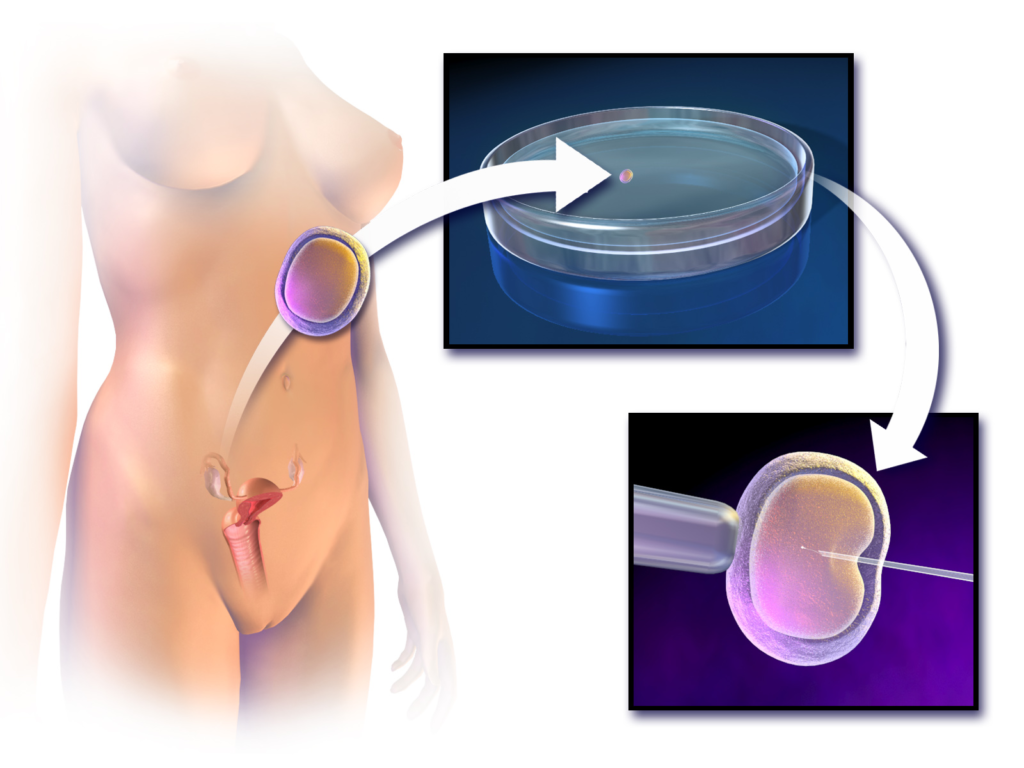For individuals or couples pursuing in vitro fertilization (IVF), understanding the timeline can help prepare for each step of the process. IVF is one of the most advanced methods in assisted reproductive technology, involving multiple carefully planned stages. Here is more information on the key phases in the IVF process to provide clarity and insight into what participants might expect:
Preparing for IVF
Preparation is a foundational phase of the in vitro fertilization timeline. It typically begins with initial consultations and evaluations to assess reproductive health. This includes medical history reviews, physical exams, blood work, and imaging tests such as ultrasounds. Physicians may recommend hormone level testing to check ovarian function and reserve, as well as sperm analysis for male partners. These evaluations guide the development of a tailored treatment plan.
Once testing is complete, patients may undergo ovarian stimulation. This stage involves hormonal medications to encourage the ovaries to produce multiple eggs in a single cycle. Monitoring through ultrasounds and blood tests tracks follicle growth to determine the optimal time for egg retrieval. Medication protocols vary depending on individual needs, and physicians adjust dosages as needed during stimulation.
Egg Retrieval and Fertilization
The next phase focuses on egg retrieval and fertilization. Egg retrieval is a minor procedure performed under light sedation. Using ultrasound guidance, a physician retrieves mature eggs from the ovaries with a thin needle. These eggs are immediately taken to the laboratory for fertilization.
Fertilization can occur via conventional insemination or intracytoplasmic sperm injection (ICSI), where a single sperm is injected directly into the egg. The approach used depends on factors such as sperm quality and fertilization history. Successfully fertilized eggs begin to develop into embryos under laboratory conditions carefully designed to replicate the natural environment of the uterus. Embryologists monitor embryonic development over 3 to 7 days to identify the embryos with the strongest potential for pregnancy.
Embryo Transfer and Pregnancy Testing
Once embryos reach the transfer stage, a physician places one or more embryos into the uterus using a thin, flexible catheter. This is typically a quick and minimally invasive procedure performed without anesthesia. The number of embryos transferred depends on the patient’s age, medical history, and clinic guidelines to reduce the risk of multiple pregnancies. Any remaining high-quality embryos may be frozen for future use.
After the transfer, patients enter the two-week waiting period. During this time, physicians may recommend specific medications to support the uterine lining and aid implantation. A blood test performed approximately 10 to 14 days after the transfer identifies whether implantation has occurred and confirms pregnancy.
Learn More About In Vitro Fertilization
The IVF process is a complex, multi-step procedure designed to assist individuals and couples in achieving their goals of parenthood. Beginning with initial evaluations and ovarian stimulation, followed by egg retrieval and fertilization, and concluding with embryo transfer and pregnancy testing, each phase requires precise planning and execution. Understanding these stages allows participants to feel more prepared and engaged throughout the process. With advancements in medical science and personalized treatment plans, IVF continues to offer new opportunities in reproductive health.

